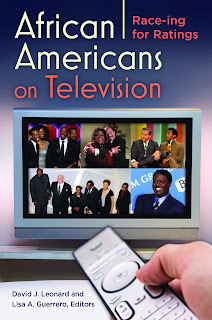By: Nancy Gallagher
On July 3, 2013, the military overthrew the
elected Egyptian government. Led by the Muslim Brotherhood (the Society of
Muslim Brothers), the government had come to power on June 30, 2012. Was it a
second revolution, a necessary correction in the path of the January 25 (2011)
Egyptian Revolution, or a military coup? Who were the Muslim Brothers, how did
they rise to power, and why did they fall so spectacularly?
Hasan El-Banna, a schoolteacher and
religious leader, established the Muslim Brothers in 1928. The organization initially sought to Islamize
society in order to drive the British out, but King Farouk (reigned 1936–1952)
and Gamal Abdel Nasser (president 1952–1970) severely suppressed it. Most of
the Muslim Brothers leadership came to follow the ideas of Sayyid Qutb, who
advocated the assassination of political leaders who did not adopt his
interpretation of Islamic Sharia law, calling them “infidels.” Over the years,
the organization won many supporters because of its grassroots religious
leadership and extensive social welfare organizations. In the elections that
followed the January 25 Revolution, the Muslim Brothers candidate, Mohammad
Morsi, was elected to power with 52% of the vote. His opponent, the candidate
of the old regime, went into exile.
Many people voted for Morsi because
he had vowed to carry out the goals of the revolution. He, however, soon
demonstrated that he would carry out the goals of the Muslim Brothers. He
proved unwilling to work with other factions. He did not take steps to reform
the brutal and corrupt state security sector. He did not reach out to the
opposition. He did not include Coptic Christians and women in his government,
despite his many campaign promises. In November, six months after being
elected, he issued a decree that would shield him from judicial review. After
intense opposition, he revoked the decree, but the damage was done. He then forced
through a constitution that was narrow and exclusionary. Women feared they
would lose their hard- and recently won rights. Copts and other minorities
feared for their future in Egypt
Before being elected he had announced
a program to revive the economy, but it did not materialize. The economy
continued to sink. A loan from the International Monetary Fund could not be
obtained. Tourists did not return. He appointed a member of al-Gama’a
al-Islamiyya—the organization allegedly responsible for the massacre of 62
people, mostly tourists, in Luxor in1997—to the
post of mayor of Luxor
He thought he had tamed the military
when he dismissed Defense Minister Hussein Tantawi, who had been Egypt Syria
On June 30, a year after Morsi came
to power, at least two million people demonstrated against the government in
response to the Tamarod (rebel) campaign that began with a petition calling for
early elections. Egyptians claimed it was the largest demonstration in history.
The Muslim Brothers bused members from outside Cairo
On July 3, the army arrested Morsi.
His supporters then confronted the military and dozens were killed. On July 8
the military opened fire on a demonstration in front of the Republican Guards
headquarters, killing 59 and wounding over 300.
It was a military coup against an
elected government, but one supported by a vast number of people who felt that
the country could not survive such misrule much longer. The military hastily
made Adly Mansour, head of the High
Constitutional Court Gulf States
The Muslim Brothers remain convinced
that they were elected in free and fair elections and should have been allowed
to complete their terms. Egypt
Nancy Gallagher teaches Middle East history at the American
University in Cairo and is a research professor at the University of California
at Santa Barbara (UCSB).
. . .
For more on Egypt and its history, check out these resources:
Denis J. Sullivan and Kimberly Jones
Mona Russell



